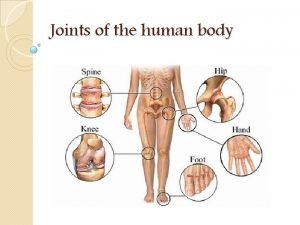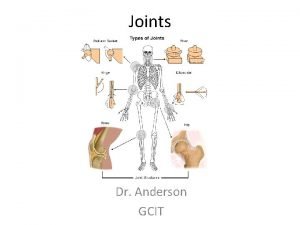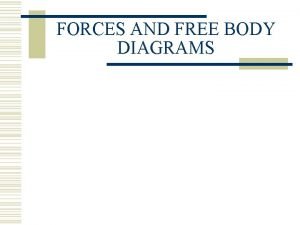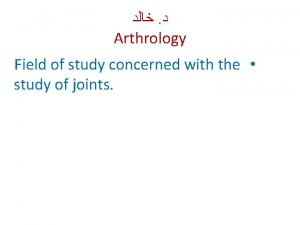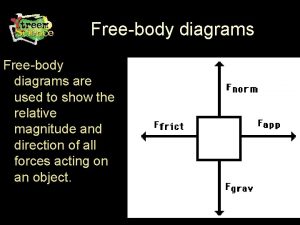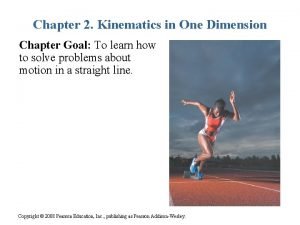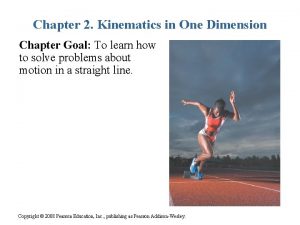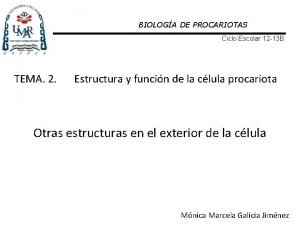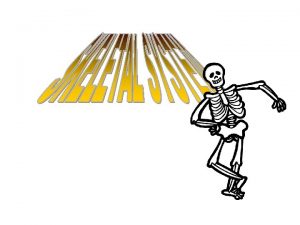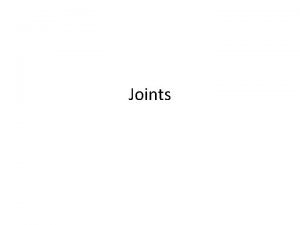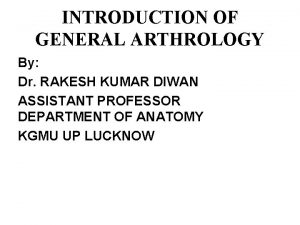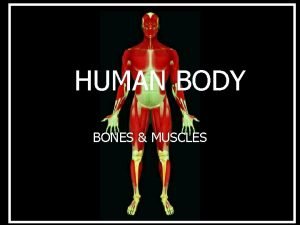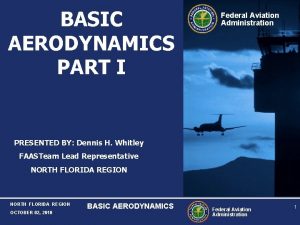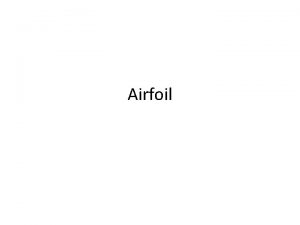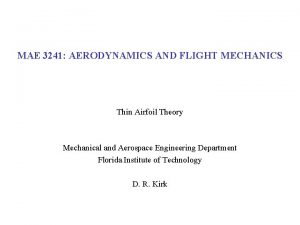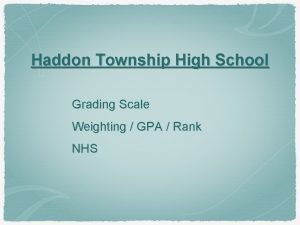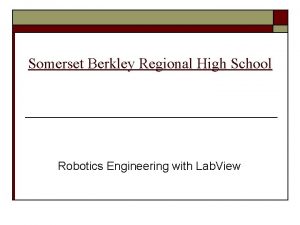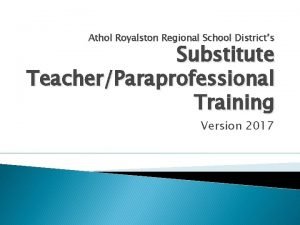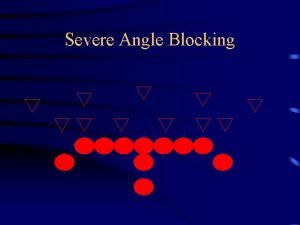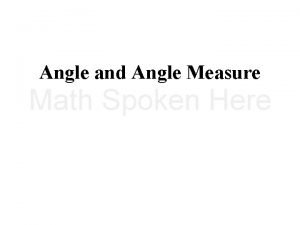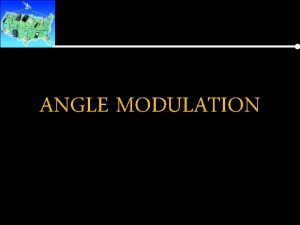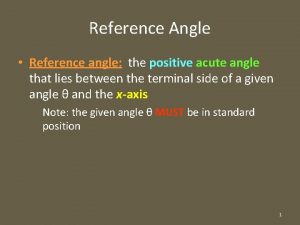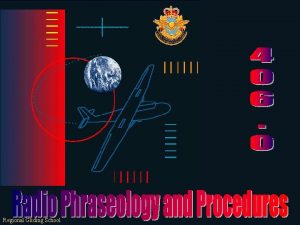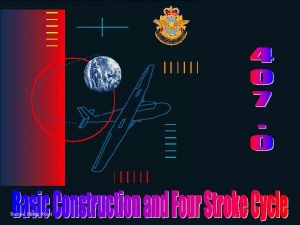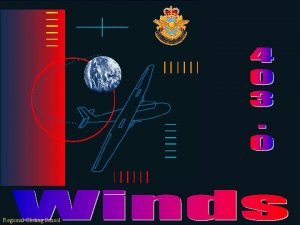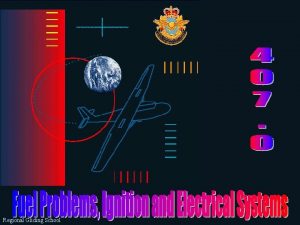Regional Gliding School Angle of Attack The angle






































- Slides: 38

Regional Gliding School

Angle of Attack • The angle at which the airfoil meets the relative wind is called the angle of attack Regional Gliding School

Center of Pressure (C of P) • If we consider all the distributed pressures to be equivalent to a single force, this force will act through a straight line. The point where this line cuts the chord of an airfoil is called the Center of Pressure. As the angle of attack is increased, lift and drag increase and the Center of Pressure moves forward. This situation continues until the stall is reached. Beyond this point, it will move back. The movement of the Center of Pressure causes an airplane to be unstable. Regional Gliding School

The Boundary Layer • The boundary layer is a very thin sheet of air lying over the surface of the wing and all other surfaces of the airplane. Because air has viscosity, this layer tends to stick to the wing. As the wing moves forward through the air the boundary layer at first flows smoothly over streamlined shape of the airfoil. Here the flow is called the Laminar Layer. Regional Gliding School

The Boundary Layer • As the boundary layer approaches the center of the wing it begins to lose speed due to skin friction and it becomes thicker and turbulent (turbulent layer). The point at which the boundary layer changes from laminar to turbulent is called the Transition Point. Where the boundary layer becomes turbulent, drag due to skin friction is relatively high. Regional Gliding School

Airfoils Designs • There are many different airfoil designs. The type of operation for which an airplane is intended has a direct influence on the design and shape of the wing for that airplane. • Basically an airplane designed for slow speed uses a thick airfoil and a thin airfoil is best for high speed. Regional Gliding School

Types of Airfoils – Conventional Airfoils: • are thick for better structure and lower weight for better stall characteristics. The camber is maintained farther rearward which increases lifting capability over more of the airfoil and decreases drag. The thickest part of the airfoil is at 25% chord. Regional Gliding School

Types of Airfoils – Laminar Flow Airfoils: • were originally developed for the purpose of making an airplane fly faster. The laminar flow wing is usually thin. The leading edge is more pointed and its upper and lower surfaces are nearly symmetrical. The thickest part of a laminar wing occurs at 50% chord. Regional Gliding School

Confirmation Stage NOTE: You must use the buttons in the Confirmation Stage Regional Gliding School

Theory of Flight Boundary Layer Let's try a few review questions on Theory of Flight: Question #1 - Regional Gliding School What name is given to the angle at which the airfoil meets the relative wind? A Transition point B A of A C C of P D A of W

Flying Scholarship Program I’m afraid that answer is incorrect Let's try again. . . Regional Gliding School

Flying Scholarship Program I’m afraid that answer is incorrect Let's try again. . . Regional Gliding School

Flying Scholarship Program I’m afraid that answer is incorrect Let's try again. . . Regional Gliding School

Flying Scholarship Program That answer is correct. Let's move on. . . Regional Gliding School

Theory of Flight Boundary Layer Let's try a few review questions on Theory of Flight: Question #2 - Regional Gliding School What is the thin sheet of air lying over the surface of the wing? A Airfoil B Transition point C Turbulent layer D Boundary layer

Flying Scholarship Program I’m afraid that answer is incorrect Let's try again. . . Regional Gliding School

Flying Scholarship Program I’m afraid that answer is incorrect Let's try again. . . Regional Gliding School

Flying Scholarship Program I’m afraid that answer is incorrect Let's try again. . . Regional Gliding School

Flying Scholarship Program That answer is correct. Let's move on. . . Regional Gliding School

Angle of Incidence • The angle of incidence is the angle at which the wing is permanently inclined to the longitudinal axis of the airplane or the angle at which the wing is attached to the fuselage. Regional Gliding School

Wash-in/Wash-out • Reduces the tendency of the wing to stall suddenly. The wing is slightly twisted so that the wing root has a greater angle of incidence. Therefore, the wing root will stall first. The ailerons will still be effective even though part of the wing is stalled. Wash-in is increasing the angle of incidence, hence, increasing lift while wash-out is decreasing the angle of incidence, hence, decreasing the lift. Regional Gliding School

Flaps • Flaps are high lift devices that, in effect, increase the camber of the wing. Flaps will give you: • Better Take-off Performance • Steeper Approach Angles • Lower Approach/Landing Speeds Regional Gliding School

Spoilers/Divebrakes • Spoilers and divebrakes are devices fitted into the wing that increase drag and decrease lift. Spoilers are on top part of the wing and divebrakes are on bottom. Regional Gliding School

Wing Fences • Wing Fences are fin like surfaces attached to the upper surface of the wing and are used to control the airflow. They provide better slow speed handling and stall characteristics Regional Gliding School

Slats and Slots • Slats are auxiliary airfoils fitted to the leading edge of the wing. As angle of attack increases the slats pull out of the wing and go back in with a decrease in angle of attack. They help to improve the lateral control. Regional Gliding School

Slats and Slots • Slots are passageways built into the leading edge of the wing a short distance from the leading edge of the wing. At high angles of attack air flows through the holes smoothing out the turbulence caused by eddies Regional Gliding School

Confirmation Stage NOTE: You must use the buttons in the Confirmation Stage Regional Gliding School

Theory of Flight Boundary Layer Let's try a few review questions on Theory of Flight: Question #3 - Regional Gliding School What happens if the angle of incidence is increased on the left wing? A Left bank B Right bank C Left yaw D Right yaw

Flying Scholarship Program I’m afraid that answer is incorrect Let's try again. . . Regional Gliding School

Flying Scholarship Program I’m afraid that answer is incorrect Let's try again. . . Regional Gliding School

Flying Scholarship Program I’m afraid that answer is incorrect Let's try again. . . Regional Gliding School

Flying Scholarship Program That answer is correct. Let's move on. . . Regional Gliding School

Theory of Flight Boundary Layer Let's try a few review questions on Theory of Flight: Question #4 - Regional Gliding School What are the devices fitted into the wing that increase drag? A Spoilers B Flaps C Wing Fences D Both A and B

Flying Scholarship Program I’m afraid that answer is incorrect Let's try again. . . Regional Gliding School

Flying Scholarship Program I’m afraid that answer is incorrect Let's try again. . . Regional Gliding School

Flying Scholarship Program I’m afraid that answer is incorrect Let's try again. . . Regional Gliding School

Flying Scholarship Program That answer is correct. Let's move on. . . Regional Gliding School

Theory of Flight Boundary Layer Congratulations!! You have now completed the Boundary Layer lesson of the Theory of Flight Module. Of course, this lesson is always available to you for future reference if required. You are now ready to move along to the next Theory of Flight lesson you have not completed or to any other module you wish. You can advance to the Self Test Module if you feel ready to challenge the final exam. Good Luck! Regional Gliding School
 Active attack and passive attack
Active attack and passive attack Passive attack and active attack
Passive attack and active attack Pef ecografia
Pef ecografia Joints
Joints What are gliding movements
What are gliding movements Types of diphthongs
Types of diphthongs Free body diagram a book is at rest on a table top
Free body diagram a book is at rest on a table top Arthrology is the study of
Arthrology is the study of Bungee jumping free body diagram
Bungee jumping free body diagram A skier is gliding along at 3m/s
A skier is gliding along at 3m/s Rasp gliding forecast
Rasp gliding forecast Gliding joints
Gliding joints A skier is gliding along at 3m/s
A skier is gliding along at 3m/s Gliding motility
Gliding motility Arch shaped
Arch shaped Hinge joint examples
Hinge joint examples Hinge joint shape
Hinge joint shape Gliding joint
Gliding joint What is induced angle of attack
What is induced angle of attack Pressure distribution airfoil
Pressure distribution airfoil Naca 4421
Naca 4421 Heritage high school hockey
Heritage high school hockey Highest weighted gpa
Highest weighted gpa Warren hills regional middle school
Warren hills regional middle school Somerset berkley regional high school
Somerset berkley regional high school Freehold regional school district employment
Freehold regional school district employment Athol-royalston regional school district
Athol-royalston regional school district Northern burlington county regional school district
Northern burlington county regional school district Hát kết hợp bộ gõ cơ thể
Hát kết hợp bộ gõ cơ thể Frameset trong html5
Frameset trong html5 Bổ thể
Bổ thể Tỉ lệ cơ thể trẻ em
Tỉ lệ cơ thể trẻ em Gấu đi như thế nào
Gấu đi như thế nào Thang điểm glasgow
Thang điểm glasgow Hát lên người ơi
Hát lên người ơi Các môn thể thao bắt đầu bằng tiếng chạy
Các môn thể thao bắt đầu bằng tiếng chạy Thế nào là hệ số cao nhất
Thế nào là hệ số cao nhất Các châu lục và đại dương trên thế giới
Các châu lục và đại dương trên thế giới Công thức tính độ biến thiên đông lượng
Công thức tính độ biến thiên đông lượng



